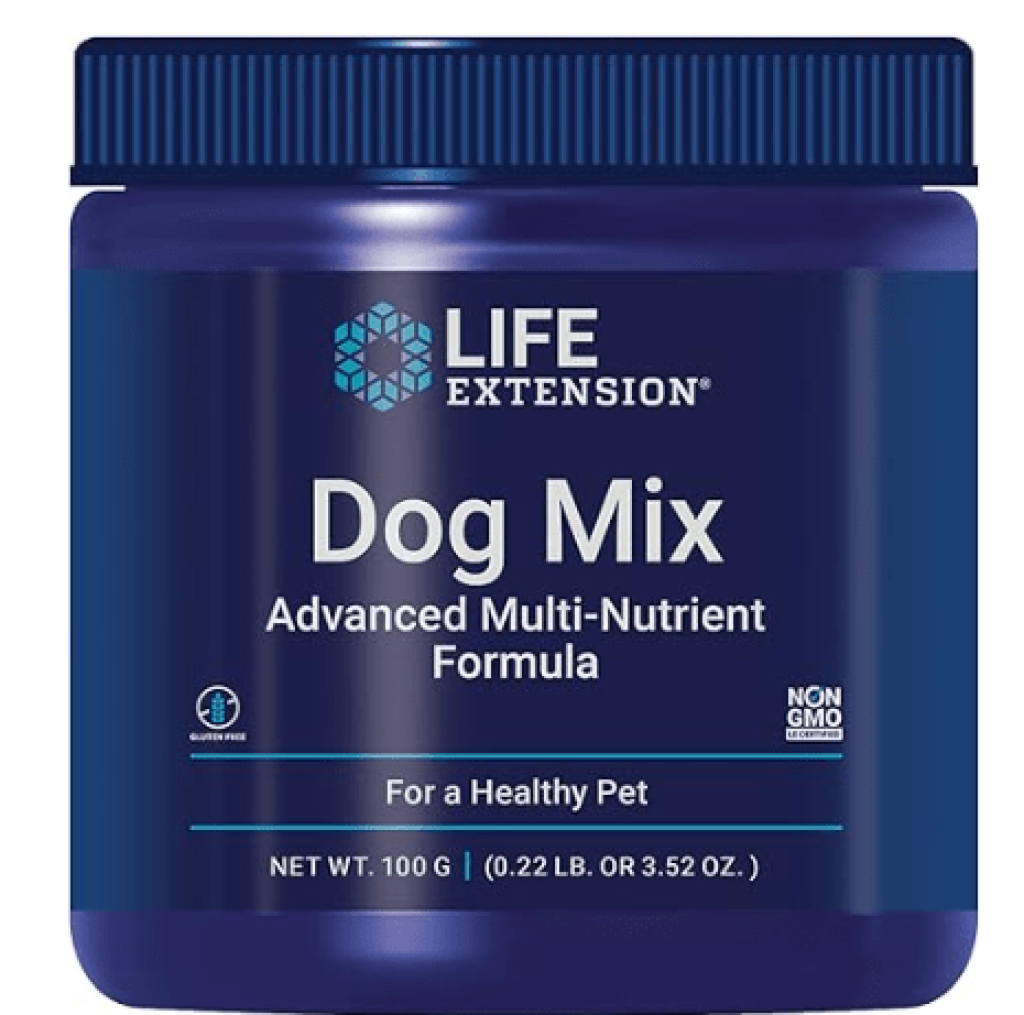| Dog Breed | Average Lifespan (Years) |
|---|---|
| Dachshund | 15.5 years |
| Pomeranian | 15 years |
| Miniature | 15 years |
| Labrador Retriever | 14 years |
| Maltese | 14 years |
| Miniature Schnauzer | 14 years |
| Yorkshire Terrier | 14 years |
| Pug | 13.5 years |
| Shetland Sheepdog | 13.5 years |
| Chihuahua | 13.5 years |
| Boston Terrier | 13 years |
| Beagle | 13 years |
| Pembroke Welsh | 13 years |
| German Shorthaired | 13 years |
| Shih Tzu | 13 years |
| Poodle | 12 years |
| Siberian Husky | 12 years |
| Cocker Spaniel | 12 years |
| Golden Retriever | 12 years |
| German Shepherd | 11 years |
| Boxer | 10.5 years |
| Doberman Pinscher | 10 years |
| Rottweiler | 10 years |
| Cavalier King Charles Spaniel | 10 years |
| Great Dane | 8.5 years |
| Bulldog | 7 years |
Factors that contribute to a longer life for dogs
Dogs are very loyal and loving animals that most people like to keep their furry friends by their side as much as possible. Here are some things you can do to keep your dog healthy and happy:
Maintain your dog’s weight.
Include enough daily exercise and movement in your dog’s schedule.
Provide him with brain games to keep his mind active and active.
Take him to the vet for regular checkups.
And most importantly, give him lots of love.
Keep your dog’s teeth clean by brushing them daily and have them examined by a veterinarian to see if your dog needs a dental cleaning or other care.
Which vitamins are essential for your dog and why? The scientific and accurate answer
Physical Signs of Aging in Dogs
Physical signs of aging in dogs include:
✔ White halos or trouble seeing
A dog’s eyes can become cloudy and may not be immediately noticeable. While this is relatively common in older dogs and does not affect vision, it could be a sign of cataracts or other eye conditions, most of which are easily treatable. Your dog may also start to bump into things or have trouble finding a toy on the floor or other objects. This could be a sign of your dog losing their vision.
✔ Bad Breath
Although bad breath is not abnormal and can occur at any age, if it occurs suddenly, it could indicate gum disease, tooth decay, or an infection. As dogs age, their immune systems weaken and they are not able to fight off infections as easily as they did when they were younger. Along with a good debridement, your vet may decide to run a blood test on your dog to check for infection.
✔ Slowness or difficulty walking
An older dog may have trouble climbing stairs, jumping into a car, or just getting up from a nap. You may notice weakness in his back legs. While we all slow down as we age, your dog’s mobility issues could be due to arthritis or another condition. Along with any medications or supplements your vet recommends, you should change your dog’s diet and exercise routine with shorter, slower walks or a new exercise routine. Swimming, for example, is a good exercise and many dogs enjoy it.
✔ New lumps and bumps
Some dogs are prone to harmless fatty lipomas, but these lumps under the skin become more noticeable as dogs age. However, any new lump should be checked by a vet to rule out the possibility of a malignant tumor.
✔ Weight Changes
It’s no surprise that older, inactive dogs sometimes gain weight, and you may need to change your dog’s diet and encourage him to exercise to maintain a healthy weight. However, if your senior dog is losing weight, you should be on the lookout. This could be a result of the loss of muscle mass that is common in older dogs, or it could be due to decreased appetite, poor nutrient absorption, or digestive disease. If your dog loses more than 10 percent of his body weight over a period of months or even a year, consult your veterinarian.When do dogs cry?
✔ Incontinence or Difficulty Going to the Toilet
If your dog suddenly seems to forget where to go to the toilet or is straining when urinating, it could be a sign of a urinary tract infection or kidney disease. However, urinary incontinence is not uncommon in older dogs, and there are medications that can help. Cesar: A great wet meal for adult dog



